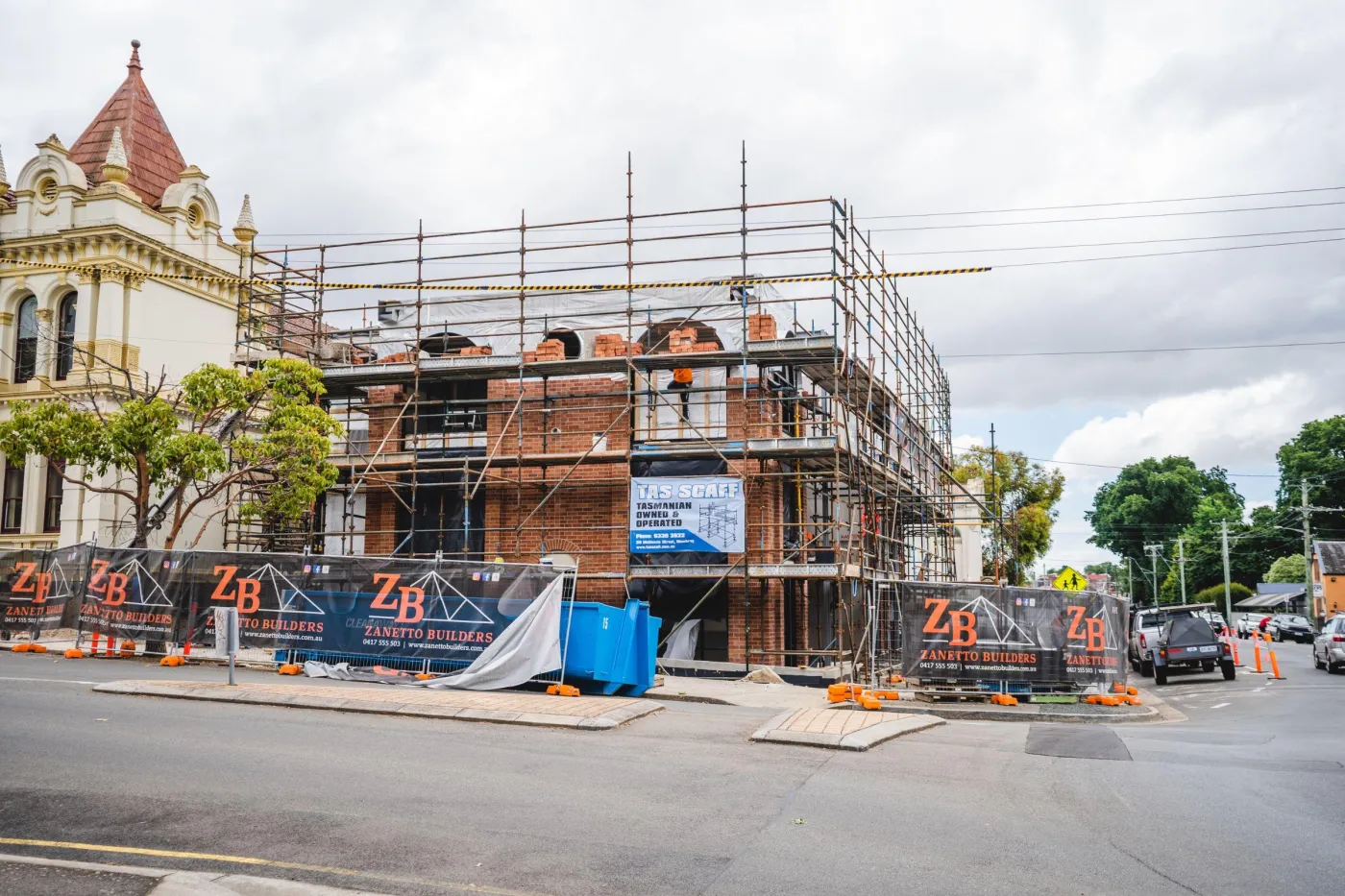
How do construction loans work?
1 min read
01st March 2024
Few things are more exciting than building your dream home. But before breaking ground on your project, you’ll likely need finance – which is where a construction loan comes in.
How construction loans differ from regular home loans?
Unlike standard home finance, you don’t receive all your funds as a lump sum. Instead, a construction loan is paid out in stages as your home is being built.
These payments are known as ‘progressive draw-downs’ or ‘progress payments’ and typically happen at five key stages of the building process:
- Slab down or base stage – when the foundation is laid.
- Frame stage – when the frame or brickwork is up.
- Lock up – when the structure is secure with windows and doors.
- Fit out – when the building has been plastered and sealed.
- Completion – when all contracted work is finished.

Throughout construction, you typically only pay interest on the amount of money you have drawn down (not the total loan amount).
For example, imagine you’ve drawn $350,000 on a $700,000 loan. You’ll only be charged interest on that $350,000 and not the full $700,000.
Once construction is complete and the final progress payment made, the loan typically reverts to a standard mortgage – though this does depend on the lender and product.

What else do you need to know about construction loans?
Interest rates for construction loans are typically higher than standard home loans as they are generally seen as a riskier type of finance. They also come with more fees to compensate for the additional administrative work.
The approval process can be trickier too, with more hoops to jump through.
Looking to build your dream home from scratch? The team at Vie can give you the expert guidance you need. To discuss your options, call 1300 400 843 or submit an enquiry below!
